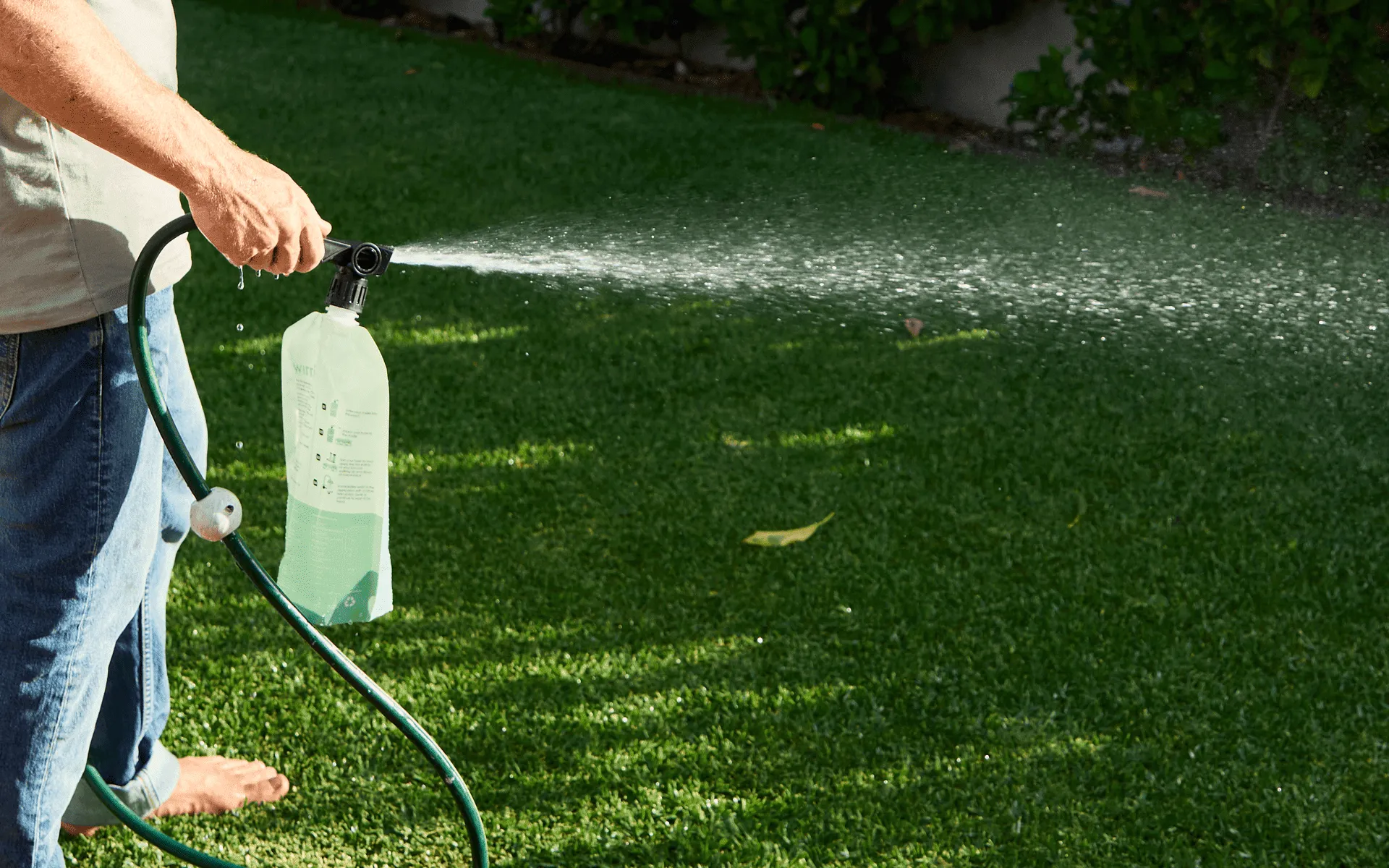Australia is renowned for its unique and diverse ecosystems, home to countless plant and animal species found nowhere else on Earth. However, the country’s natural environment faces significant challenges, including habitat destruction, climate change, and invasive species, leading to a growing number of threatened species. According to experts, investing just 0.3% of Australia’s GDP could address these environmental issues and save threatened species from extinction. This article explores the potential impact of such an investment, the benefits of preserving biodiversity, and the steps needed to secure Australia’s environmental future.
The Current State of Australia’s Environment
Australia’s environment is under immense pressure from various factors that threaten its ecological balance:
- Habitat Destruction: Urban expansion, agriculture, and mining activities have led to significant habitat loss, fragmenting ecosystems and disrupting wildlife populations. This destruction poses a severe threat to many native species that rely on specific habitats for survival.
- Climate Change: Rising temperatures, altered rainfall patterns, and increased frequency of extreme weather events have exacerbated environmental challenges in Australia. These changes affect ecosystems and species, forcing them to adapt quickly or face extinction.
- Invasive Species: Introduced species such as feral cats, foxes, and cane toads have wreaked havoc on native wildlife, preying on vulnerable species and competing for resources. Managing these invasive species is crucial for the survival of Australia’s unique biodiversity.
The Economic Case for Environmental Investment
Investing in environmental conservation is not just an ethical obligation but also an economically sound decision. Experts suggest that allocating just 0.3% of Australia’s GDP—approximately AUD 5 billion annually—could significantly improve the country’s environmental health and safeguard its biodiversity. Here are some reasons why this investment is worthwhile:
- Cost-Effective Solutions: Investing in conservation and restoration projects can yield high returns on investment. Effective conservation strategies can prevent costly long-term environmental damage, reduce the need for expensive restoration efforts, and promote sustainable land management practices.
- Boosting the Economy: Environmental investments create jobs and stimulate economic growth. Projects focused on habitat restoration, invasive species management, and sustainable agriculture provide employment opportunities in rural and regional areas, contributing to local economies.
- Tourism and Recreation: Australia’s unique wildlife and natural landscapes attract millions of tourists each year, generating billions of dollars in revenue. Preserving these natural assets is crucial for maintaining and enhancing the country’s tourism industry, which relies heavily on a healthy environment.
Benefits of Preserving Biodiversity
Biodiversity plays a crucial role in maintaining the ecological balance and resilience of ecosystems. Here are some benefits of preserving Australia’s biodiversity:
- Ecosystem Services: Healthy ecosystems provide essential services such as clean air and water, pollination of crops, and carbon sequestration. Protecting biodiversity ensures the continued provision of these services, which are vital for human well-being and survival.
- Resilience to Climate Change: Diverse ecosystems are more resilient to climate change impacts. Preserving biodiversity enhances the ability of ecosystems to adapt to changing conditions, ensuring the long-term survival of species and habitats.
- Cultural and Heritage Value: Australia’s natural environment holds significant cultural and heritage value for Indigenous communities. Preserving biodiversity helps maintain the cultural connections and traditional practices of these communities, enriching the nation’s cultural heritage.
Steps to Secure Australia’s Environmental Future
To effectively address environmental challenges and protect threatened species, Australia needs a comprehensive and collaborative approach. Here are some steps that can be taken:
- Strengthening Legislation and Policies: Implementing robust environmental laws and policies is essential for protecting habitats and species. Strengthening regulations on land use, pollution, and conservation efforts can help mitigate environmental threats and promote sustainable development.
- Promoting Sustainable Practices: Encouraging sustainable agricultural, forestry, and fishing practices can reduce the impact of human activities on the environment. Incentives for landowners and businesses to adopt sustainable practices can foster a culture of environmental stewardship.
- Enhancing Conservation Programs: Expanding and supporting conservation programs is crucial for protecting threatened species and ecosystems. This includes establishing new protected areas, restoring degraded habitats, and implementing targeted species recovery plans.
- Community Engagement and Education: Raising awareness and engaging communities in conservation efforts is vital for long-term success. Education programs that promote understanding of environmental issues and the importance of biodiversity can empower individuals to take action and support conservation initiatives.
Conclusion
Investing just 0.3% of Australia’s GDP in environmental conservation offers a promising opportunity to address the country’s ecological challenges and protect its unique biodiversity. By taking proactive steps to preserve habitats and species, Australia can ensure a sustainable and thriving environment for future generations. The benefits of such an investment extend beyond ecological health, contributing to economic growth, cultural heritage, and global environmental leadership. Through collaboration and commitment, Australia can secure its environmental future and set an example for the world.










